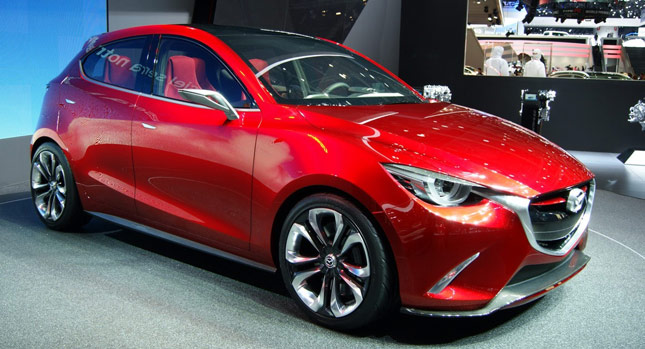While it may sound hard to believe, there’s actually some sense to be made in what was said by Mazda, when they announced that next-gen SKYACTIV engines will be so green that they will emit less CO2 than what is emitted in order to charge an electric vehicle.
As you’d imagine, the statement itself is so vague that it could be made to sound true, even if it wasn’t. However, we don’t need to do that, because it can be backed up with actual arguments, according to GreenCarReports.
They explain that if these new engines really do emit 30 percent less than what we’re measuring now, then in some cases, where the local power grid is run by burning coal, for instance, then yes, the statements holds true.
It all depends on how the power is produced, and it should be something to be considered if you want to go out and buy an EV. If all you’re doing is simply moving the source of the pollution to the power plant, that’s obviously not really what the dictionary would call a solution.
However, making such statements official is a bit too much, and Mazda should concentrate on actually reaching its efficiency and emissions goals, instead of telling us that they’re aiming for them years in advance. It plans to increase the current compression ratio of its SKYACTIV engines from 14:1 to 18:1 and try to make the unit run more like a diesel by incorporating elements of homogenous charge-compression ignition (HCCI).
These new SKYACTIV units will make their global debut around the year 2020.
Note: 2014 Hazumi concept pictured
By Andrei Nedelea
PHOTO GALLERY








